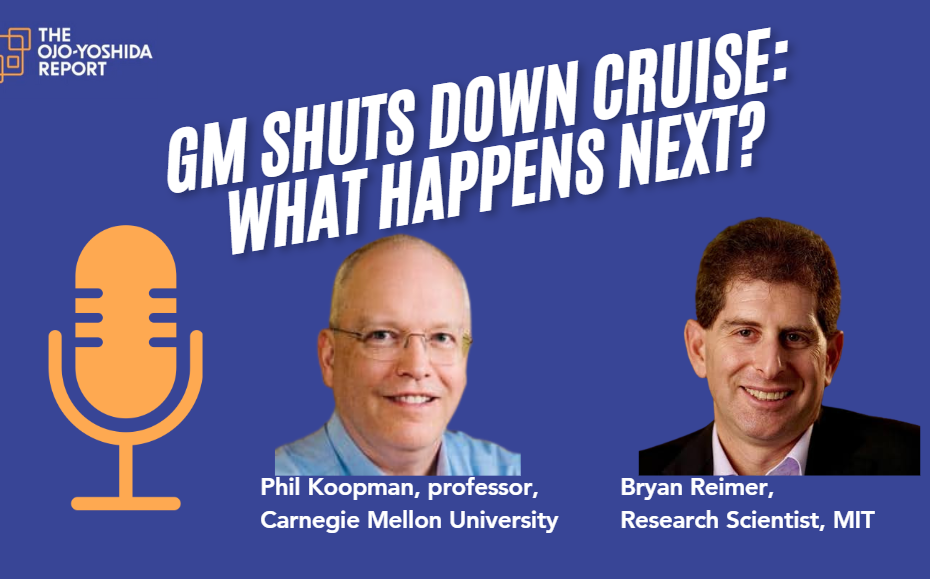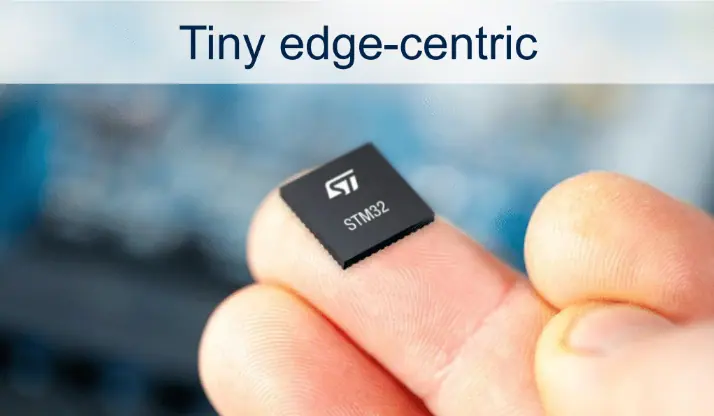By Bolaji Ojo
What’s at stake:
STMicroelectronics is resetting market expectations for its intermediate term performance. It’s a good move for the company, considering the challenges it faces in key market segments. Executives believe the company’s strong technology portfolio, IDM structure complimented by foundry partners and intense focus on key markets will help it achieve goals set years ago. Resetting goals may be a brilliant move but a tactical retreat and regrouping may prove even more critical to achieving the new objectives. Will ST deliver?
STMicroelectronics NV believes it will be a $20 billion company by 2030. For now, though, Jean-Marc Chery, president and CEO at ST, won’t say what revenues the company will have in 2025 and 2026.
Chery calls 2025 “a transition year” for ST. Go ahead and add 2026 – with or without Chery’s consent. ST will by the end of 2024 fall $4 billion short of its record revenue of $17.3 billion in 2023. The CFO believes ST will cross that threshold again in 2027 or 2028.
Take your pick.
By 2030, though ST expects revenue to be about $20 billion, a goal set years before. By then, Chery, now 64 years old, will likely have moved on, no longer CEO at ST. If you were to pose a question to the CEO in 2030, someone else will have to answer in Chery’s titular name. That’s the way this game is played.
Read More »ST Looks Beyond Troubled MCU Waters 








